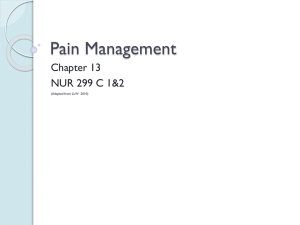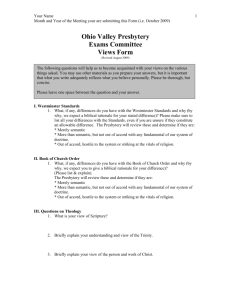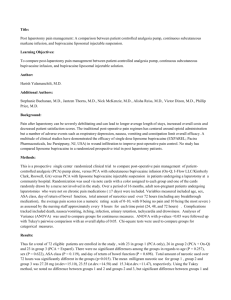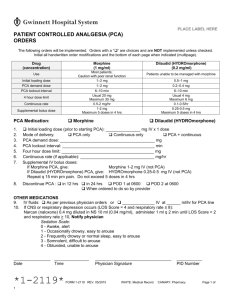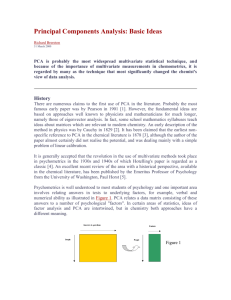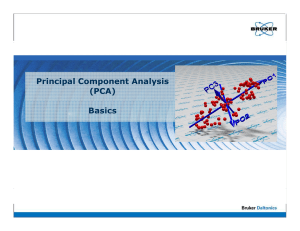Submission - Robin Howard - Building Professionals Board
advertisement
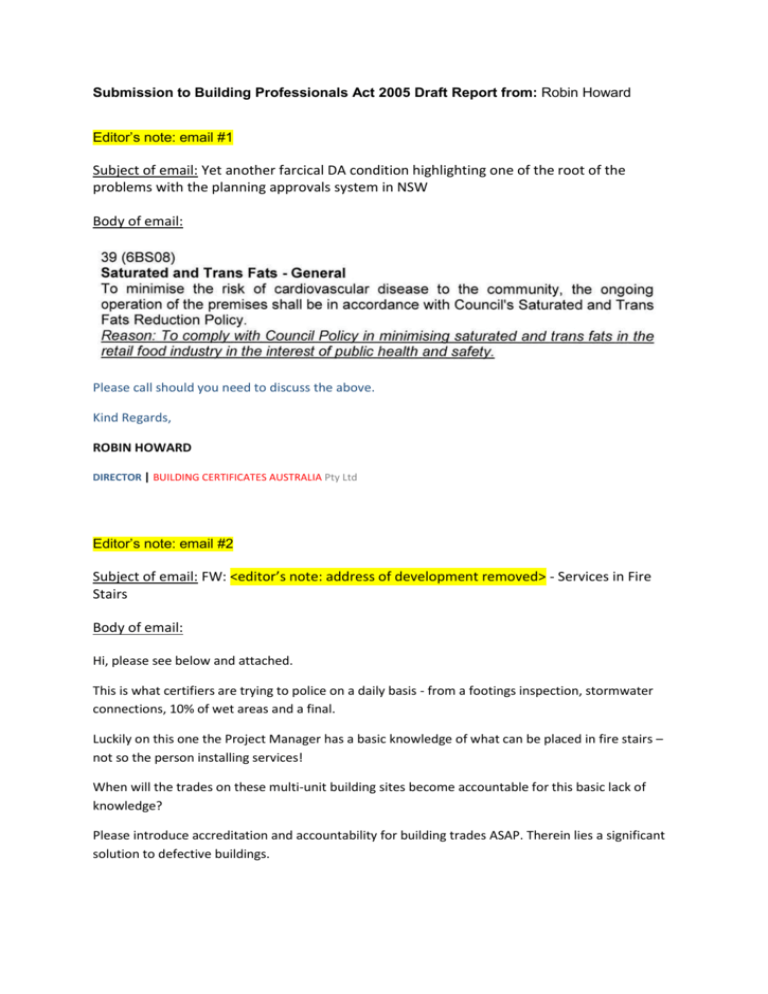
Submission to Building Professionals Act 2005 Draft Report from: Robin Howard Editor’s note: email #1 Subject of email: Yet another farcical DA condition highlighting one of the root of the problems with the planning approvals system in NSW Body of email: Please call should you need to discuss the above. Kind Regards, ROBIN HOWARD DIRECTOR | BUILDING CERTIFICATES AUSTRALIA Pty Ltd Editor’s note: email #2 Subject of email: FW: <editor’s note: address of development removed> - Services in Fire Stairs Body of email: Hi, please see below and attached. This is what certifiers are trying to police on a daily basis - from a footings inspection, stormwater connections, 10% of wet areas and a final. Luckily on this one the Project Manager has a basic knowledge of what can be placed in fire stairs – not so the person installing services! When will the trades on these multi-unit building sites become accountable for this basic lack of knowledge? Please introduce accreditation and accountability for building trades ASAP. Therein lies a significant solution to defective buildings. ‘Building Professionals’ are not just category A accredited certifiers – please police all ‘Building Professionals’ Thanks Please call should you need to discuss the above. Kind Regards, ROBIN HOWARD DIRECTOR | BUILDING CERTIFICATES AUSTRALIA Pty Ltd Editor’s note: email #2 had three attached photographs: Editor’s note: email #3 Subject of email: Comments on Mr Lambert review Body of email: Hi – some comments on the system below: 1. The setting of one standard set of conditions to be used on all Council Development Consent notices under the EP&A Act and Regulations will eliminate significant confusion for certifiers trying to interpret the vast array of poorly worded and erroneous conditions currently placed. 2. The setting of a consistent pro-forma Development Consent notices for use by all Council’s, together with a standards conditions set, will assist greatly in maintaining consistency. 3. There are significantly more ‘Building Professionals’ in the building industry than just ‘A’ category Accredited Certifiers. The ‘Building Professionals’ Board need to focus on more than just category A building surveyors acting as PCA and who are wearing the brunt of an extremely overly layered, piecemeal and extremely poorly defined legislatively based role. The role has evolved based on an interpretation of what should be industry standard by those not directly involved in applying the legislation in a daily role or position. 4. To make up in shortfalls with the Act and Regulations, we have the very broadly and loosely worded Building Professional’s Code of Ethics that is used as a blanket disciplinary tool against certifiers, instead of a establishing direct nexus between a clear breach of the EP&A Act and Regulations. The Act must define what is required and the Regulations must clearly define how the Act requirements are to be implemented. 5. I find it particularly strange that staff at the Building Professionals Board are able to wield such investigative and disciplinary powers, when they do not possess near the qualifications nor experiences to gain the accreditation levels of those whom who they are investigating are auditing. 6. The existing prescribed PCA critical stage inspections regime is ridiculous. The larger the building, the less inspection there are, yet during the sum total of a prescribed footing inspection pre pour, drainage connections and a pre-OC for say a 30 storey office block – the PCA is expected to somehow be accountable a defective building. Why would a PCA do more inspections where the LEGISLATION gives the maximum required and there is competitive environment to obtain work, Councils included? 7. A building constructed in Australia is bound by the BCA and Australian Standards. For design of building components and systems, through to their installation, each individual in that process must be fully accountable for their professional work, and must be required to certify their design and/or installation to the relevant BCA and Australian Standards. This should be in the form of a design or compliance installation certificate that has statuary standing. That Certificate is then pulled out when a defect is found and the person is penalised. 8. Is the BPB aware that complainants ringing the Council about anything to do with a development are now told to go straight to the PCA and that if they do not get any satisfaction with the PCA that they should call up the BPB and complain? We have a situation where someone who has no idea of the role of the PCA, calling up and speaking to someone else in Customer Services at Council who has no idea on the role of the PCA, who in turn then tells the complainant to complain about the PCA not doing their role appropriately. Absurd and no doubt clogging up the resources of the BPB to make meaningful changes to the system. 9. To ensure that CC plans are deemed ‘not inconsistent’ and as built developments are deemed not-inconsistent, why not introduce a prescribed review by a Registered Architect who must provide a ‘Not inconsistent’ verification statement at CC and then at OC stage. Much like a SEPP 65 statement? This frees up the Building Surveyor to thoroughly check fire safety and other BCA items whilst leaving the architectural design of the building to the designers themselves. Anyway – If I had more time I would write more. Thanks for taking the submission. If you require any further information or wish to discuss the above, please do not hesitate to call. Kind regards, Robin Howard Director | BUILDING CERTIFICATES AUSTRALIA Pty Ltd

![See our handout on Classroom Access Personnel [doc]](http://s3.studylib.net/store/data/007033314_1-354ad15753436b5c05a8b4105c194a96-300x300.png)

